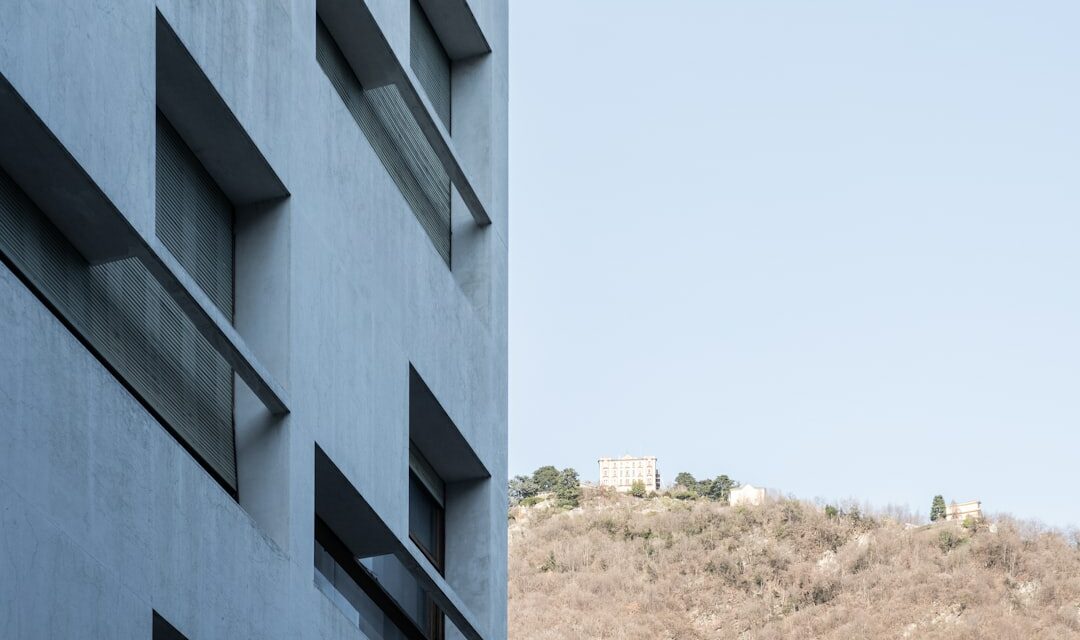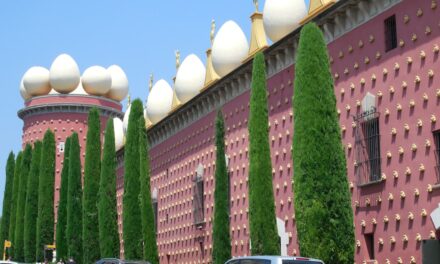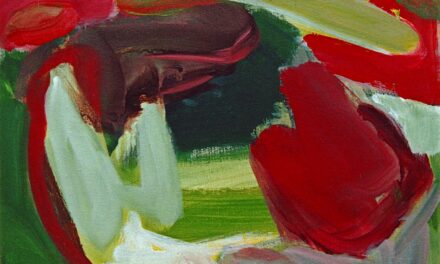Neoclassicism emerged in the 18th century as a response to the extravagance and exuberance of the Baroque and Rococo styles that had dominated the preceding centuries. It was heavily influenced by the rediscovery of ancient Greek and Roman art and culture, which had a significant impact on European society. The excavations of Pompeii and Herculaneum in the mid-18th century unearthed a wealth of classical artefacts, which sparked a renewed interest in the classical world.
This fascination with antiquity led to a revival of classical art and architecture, as well as a renewed interest in classical literature and philosophy. The Enlightenment, with its emphasis on reason, logic and rationality, also played a significant role in the development of Neoclassicism. The Enlightenment thinkers sought to emulate the ideals of ancient Greece and Rome, believing that the classical world represented a golden age of wisdom and virtue.
This intellectual movement had a profound impact on the arts, as artists and architects sought to create works that reflected the ideals of classical antiquity. Neoclassicism was also influenced by the political and social upheavals of the time, as the American and French Revolutions inspired a renewed interest in the democratic ideals of ancient Greece and Rome. These various influences coalesced to form the foundations of Neoclassicism, which sought to revive the classical past in a modern context.
Summary
- Neoclassicism originated in the 18th century as a reaction against the excesses of Baroque and Rococo styles, drawing inspiration from classical Greek and Roman art and architecture.
- Key characteristics of Neoclassical art and architecture include a focus on simplicity, symmetry, and order, as well as a revival of classical forms and motifs.
- Neoclassical literature and music often emphasised rationality, restraint, and a return to classical themes and structures, with prominent figures such as Alexander Pope and Johann Sebastian Bach.
- Neoclassical influence on society and politics was significant, as the style came to symbolise the values of the Enlightenment and was embraced by political leaders and institutions seeking to convey a sense of authority and stability.
- Neoclassicism continues to influence contemporary art, architecture, and design, with many artists and architects drawing inspiration from its timeless aesthetic and principles of balance and harmony.
- Famous Neoclassical artists and their works include Jacques-Louis David’s “The Oath of the Horatii” and John Flaxman’s neoclassical sculptures, which exemplify the style’s emphasis on heroic themes and idealised forms.
- Criticisms and controversies surrounding Neoclassicism include accusations of elitism and a lack of originality, as well as debates over its association with imperialist and colonialist ideologies.
Key characteristics of Neoclassical art and architecture
Architectural Features
The use of classical motifs such as columns, pediments, and arches is a defining feature of Neoclassical architecture, which sought to emulate the grandeur and majesty of ancient Greek and Roman buildings.
Artistic Themes
Neoclassical art also sought to capture the ideals of classical antiquity, with an emphasis on heroic themes, moral virtue, and noble simplicity. Artists such as Jacques-Louis David and Jean-Auguste-Dominique Ingres depicted historical and mythological subjects with a sense of gravity and dignity, eschewing the frivolity and sensuality of previous styles. Neoclassical sculpture similarly focused on idealised forms and noble subjects, drawing inspiration from ancient Greek and Roman statues.
Timeless Influence
The use of classical motifs and themes in both art and architecture was intended to evoke a sense of timelessness and universality, reflecting the enduring influence of the classical world on Western culture.
Neoclassical literature and music

In literature, Neoclassicism was characterized by a return to classical forms and themes, with an emphasis on reason, order, and restraint. Writers such as Alexander Pope, Jonathan Swift, and Samuel Johnson sought to emulate the clarity and precision of ancient Greek and Roman literature, rejecting the ornate and extravagant styles of the Baroque and Rococo periods. Neoclassical literature often focused on moralistic themes, with an emphasis on didacticism and social criticism.
The use of classical literary forms such as the epic, ode, and satire was also a defining feature of Neoclassical writing, reflecting a desire to emulate the achievements of ancient poets and playwrights. In music, Neoclassicism was marked by a return to classical forms and structures, with an emphasis on balance, clarity, and formal elegance. Composers such as Wolfgang Amadeus Mozart, Joseph Haydn, and Ludwig van Beethoven drew inspiration from ancient Greek and Roman music, seeking to capture the ideals of classical antiquity in their compositions.
Neoclassical music often featured simple melodies, clear harmonies, and balanced proportions, reflecting a desire to emulate the grace and beauty of ancient music. The use of classical forms such as the sonata, symphony, and concerto was also a defining feature of Neoclassical music, reflecting a desire to revive the achievements of ancient composers in a modern context.
Neoclassical influence on society and politics
Neoclassicism had a profound influence on European society and politics in the 18th and 19th centuries, as it sought to revive the ideals of classical antiquity in a modern context. The emphasis on reason, logic, and rationality in Neoclassical thought had a significant impact on the Enlightenment, as it sought to emulate the achievements of ancient Greece and Rome in the pursuit of knowledge and wisdom. This intellectual movement had a profound impact on European society, as it inspired a renewed interest in science, philosophy, and education.
In politics, Neoclassicism played a significant role in shaping the ideals of democracy and republicanism in the wake of the American and French Revolutions. The democratic ideals of ancient Greece and Rome were held up as models for modern society, inspiring a renewed interest in civic virtue, public service, and political participation. Neoclassical architecture also played a symbolic role in promoting these ideals, as public buildings such as courthouses, government offices, and museums were designed in a classical style to evoke the grandeur and majesty of ancient Greece and Rome.
Neoclassicism in the 21st century
In the 21st century, Neoclassicism continues to exert a significant influence on art, architecture, literature, and music. The revival of classical forms and themes can be seen in contemporary art movements such as neoclassical revivalism, which seeks to emulate the ideals of classical antiquity in a modern context. Contemporary architects continue to draw inspiration from ancient Greek and Roman buildings, seeking to capture the grandeur and majesty of classical architecture in their designs.
Similarly, contemporary writers and composers continue to draw inspiration from classical literature and music, seeking to revive the achievements of ancient poets and playwrights in their works. The enduring influence of Neoclassicism can also be seen in popular culture, as films, television shows, and video games often draw inspiration from classical themes and motifs. The enduring appeal of ancient Greek and Roman mythology continues to captivate audiences around the world, reflecting the enduring influence of classical culture on contemporary society.
In politics, the ideals of democracy and republicanism continue to be shaped by the legacy of Neoclassicism, as democratic societies seek to emulate the virtues of ancient Greece and Rome in their pursuit of justice, equality, and freedom.
Famous Neoclassical artists and their works

Characteristics of Neoclassical Art
David’s paintings are characterised by their heroic themes, moral virtue, and noble simplicity, reflecting a desire to capture the ideals of classical antiquity in a modern context. Similarly, Jean-Auguste-Dominique Ingres is known for his Neoclassical paintings, such as “The Valpinçon Bather” and “The Apotheosis of Homer”, which seek to emulate the grace and beauty of ancient Greek and Roman art.
Neoclassical Architecture
In architecture, Neoclassical buildings, such as The White House in Washington D.C., The British Museum in London, and The Arc de Triomphe in Paris, are prime examples that reflect this style’s grandeur. These buildings are characterised by their use of classical motifs, such as columns, pediments, and arches, which evoke a sense of timelessness and universality.
Influence of Classical Antiquity
The Neoclassical style is deeply rooted in the ideals of classical antiquity, seeking to revive the grandeur and beauty of ancient Greek and Roman art and architecture in a modern context.
Criticisms and controversies surrounding Neoclassicism
Despite its enduring influence on Western culture, Neoclassicism has not been without its criticisms and controversies. Some critics argue that Neoclassicism represents a conservative rejection of innovation and progress, as it seeks to revive the achievements of ancient Greece and Rome rather than embracing new ideas and styles. Others argue that Neoclassicism represents an idealized vision of the past that ignores the complexities and contradictions of ancient culture.
In architecture specifically there has been criticism that neoclassical buildings can be seen as imposing or elitist due to their grandeur which can be seen as out-of-touch with contemporary society’s needs for more inclusive spaces. In literature there has been criticism that neoclassical literature can be seen as overly didactic or moralistic which can limit creativity or artistic expression. Despite these criticisms however it is undeniable that neoclassicism has had an enduring impact on Western culture across various mediums including art architecture literature music society politics even into contemporary times.
If you are interested in learning more about different art movements, you may want to check out this article on Post-Impressionism. This movement emerged as a response to Impressionism and focused on the use of vivid colours and bold brushstrokes to convey emotion and meaning in art. It is a fascinating movement that has had a significant impact on the art world.
FAQs
What is Neoclassicism?
Neoclassicism is an artistic and architectural movement that emerged in the 18th century as a reaction to the excesses of the Baroque and Rococo styles. It drew inspiration from the classical art and culture of ancient Greece and Rome.
What are the key characteristics of Neoclassical art and architecture?
Neoclassical art and architecture are characterized by a return to classical forms and themes, a focus on simplicity and symmetry, and an emphasis on rationality and order. Neoclassical buildings often feature columns, pediments, and other classical elements, while Neoclassical art tends to depict classical themes and subjects with a sense of idealized beauty and harmony.
Who were some notable Neoclassical artists and architects?
Some notable Neoclassical artists include Jacques-Louis David, Angelica Kauffman, and Antonio Canova. Neoclassical architects of note include Robert Adam, Thomas Jefferson, and Étienne-Louis Boullée.
How did Neoclassicism influence other art forms and movements?
Neoclassicism had a significant impact on literature, music, and design. In literature, Neoclassical writers such as Alexander Pope and Samuel Johnson sought to emulate the clarity and restraint of classical authors. In music, composers like Mozart and Haydn incorporated classical forms and structures into their work. Neoclassical design also influenced the development of furniture, fashion, and interior decoration during the 18th and 19th centuries.
What is the legacy of Neoclassicism in the modern world?
Neoclassicism continues to influence contemporary art, architecture, and design. Its emphasis on classical forms and principles can be seen in the work of architects such as John Russell Pope and in the design of government buildings and monuments. Additionally, the enduring appeal of Neoclassical art and architecture is evident in the preservation and restoration of historic Neoclassical buildings and the continued study and appreciation of Neoclassical works of art.




